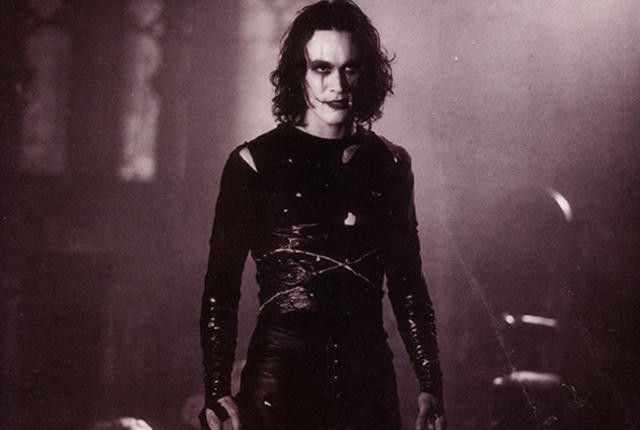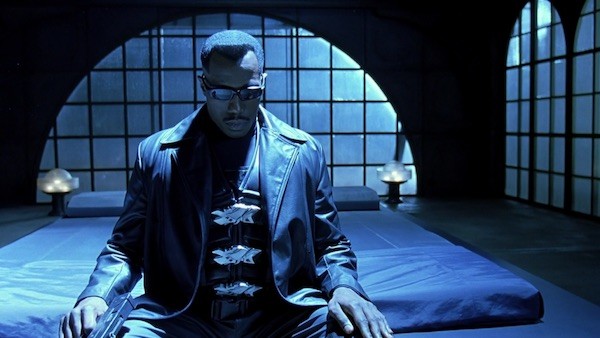This mild spring day is perfect weather for the drive-in. Fortunately, the Time Warp’s got you covered!

The theme is Comic Book Hardcore, but the first item on tonight’s program is the official premiere of episode 1 of Waif, the sci-fi serial directed by Time Warp Drive In co-host Mike McCarthy. Waif is the story of an alien stowaway, played by Meghan Prewitt, who finds herself stranded on future Earth. The sci fi serial form is perfectly suited to McCarthy’s pulpy sensibilities, and the the space-based special effects by Raffe Murray in the opening episode have a pleasing hint of the 70s BBC shops that produced classic Doctor Who and The Hitchhiker’s Guide To The Galaxy.

Waif
2005’s Sin City saw OG indie auteur Robert Rodriguez’s most significant contribution to the comic book movie genre. Rodriguez, in collaboration with famed Batman artist Frank Miller, abandoned photorealism entirely and created a dark, stylized world where Miller’s hardboiled characters and over-the-top femme fatales fit right in. It’s too bad the sequel, 2014’s A Dame To Kill For, was so godawful, because this is one of the greatest visual masterpieces of 21st century filmmaking, and a perfect drive-in feature.

Sin City
Next up is an early entry into the comic book movie sweepstakes, the 1994 adaptation of The Crow, based on the underground comic by James O’Barr. The film is infamous not so much for what happens onscreen as what happened offscreen: Its star, Brandon Lee, son of martial arts legend Bruce Lee, was killed in a still-mysterious on-set accident eight days prior to filming wrap. Viewed from a distance of 22 years, Lee’s performance has a brooding charisma that inspires all sorts of might-have-beens, and the film looks like the blueprint for the DC grimdark philosophy of superhero films.

The Crow
1995’s Tank Girl is an infamous flop that destroyed careers and poisoned the reputation one of the few girl power comics on the scene in the 1990s. Lori Petty stars as the titular Tank Girl, who roams the post-apocalyptic world not so much like Furiosa as like Mad Max if he were played by Gewn Stephanie. It’s also notable for being one of the stranger roles rapper turned TV cop drama regular Ice-T has had, as he appears as a sentient marsupial mutant named T-Saint. The years have been kind to this film, imbuing it with a sense of trashy fun. Like Repo Man, it finds its salvation in a good soundtrack and some now-classic fashion.

Tank Girl
The final film on the docket is Blade, another 1990s comic book film that looks better in retrospect than it did a the time. It stars Wesley Snipes in a career-making turn as a sword-slinging vampire hunter. In this origin story, Blade, a half-human whose mother was bitten by a vampire while he was in the womb, faces off against the great character actor Stephen Dorff as a vamp set on world domination. It’s got enough stylish vampire decapitations to keep you awake into the wee hours of the drive-in.

Blade